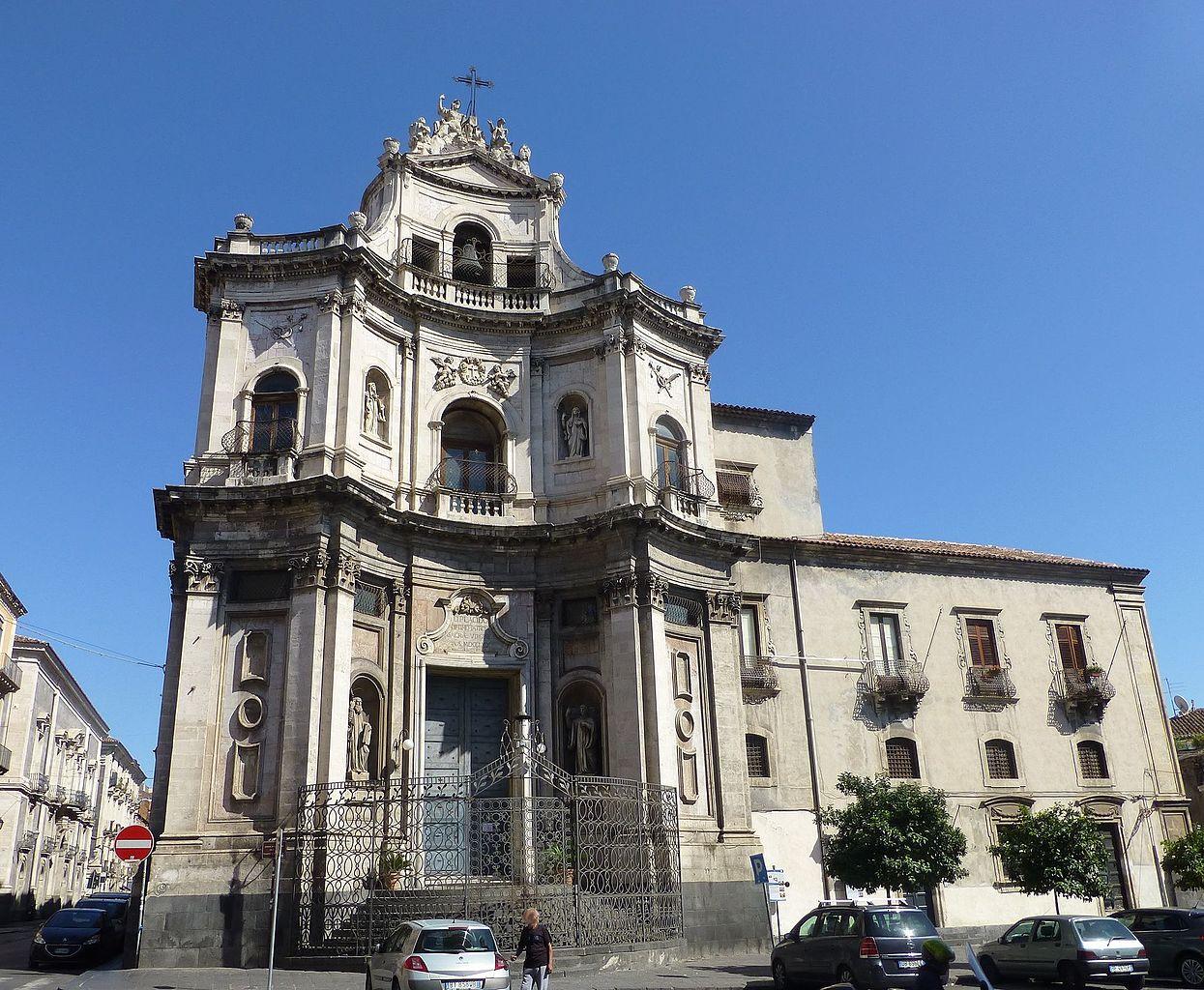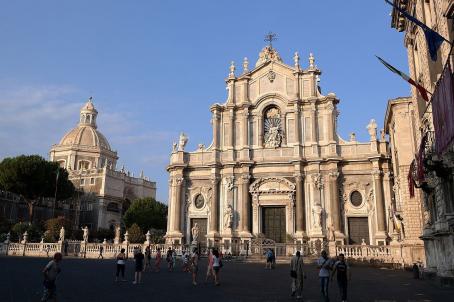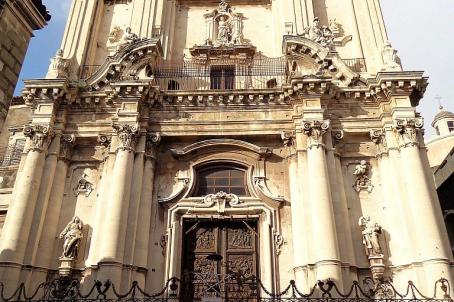Church of San Placido

The church of San Placido dates back to 1409, the year in which the as yet unbuilt site was donated to Benedictine nuns. The construction took place on the ruins of an ancient pagan temple dedicated to the god Bacchus. The church was razed to the ground by the catastrophic earthquake in the Val di Noto in 1693, which destroyed the city of Catania. The new church was built just afterwards and was consecrated in 1723.





